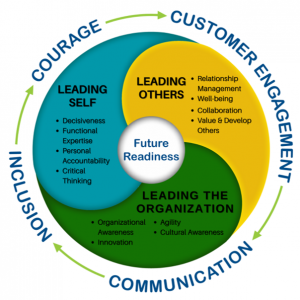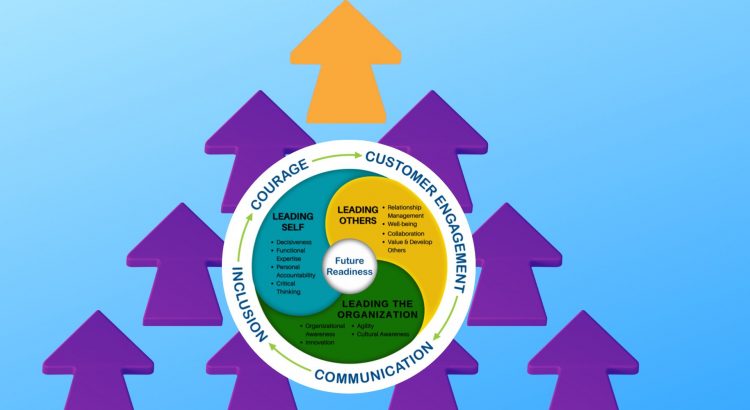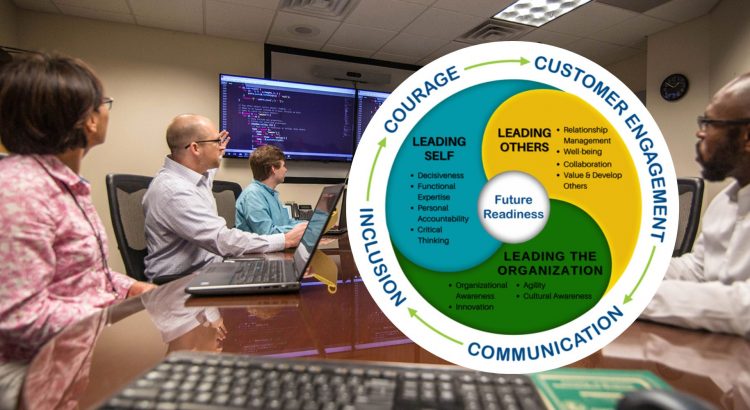Annual performance appraisal season is underway. It’s a time to receive formal feedback from your supervisor on your contributions, job performance, and goals and discuss performance expectations for the upcoming year. The performance appraisal process is different this year, and we wanted you to be aware of these updates to help you prepare and know what to expect.
What You Need to Know
As part of the annual performance appraisal process, you should receive a rating (based on the current 1-5 rating system) on your contributions and job performance since the beginning of the current fiscal year. Here are the changes that will impact you:
Capability Model – Henrico County implemented a Capability Model that went into effect in Fiscal Year 2022-2023 and replaced the competencies that employees were previously rated on during the performance appraisal season. If you are unfamiliar with the model, we encourage you to visit our resource page on the employee website, view the Henrico Capability Model videos on YouTube, or the series of articles previously written in the County Connection.

Ratings – Your performance ratings should reflect what you earned based on your overall performance and the performance goals and expectations created last year around the Capability Model.
Performance Narratives – You can expect to receive a written narrative explaining your rating with a summary or description of your performance. Your performance narrative should be based on your overall performance, as well as goals and expectations that were established around the Capability Model.
Performance Goals – During the appraisal meeting, you should reflect on your achievements and partner with your supervisor to establish performance goals that you would like to focus on in Fiscal Year 2023-2024 to help you perform well. Performance goals and narratives should be based on the Capability Model.
What’s Next?
The performance appraisal season will conclude on Friday, May 26th. Now is the time to think about your performance and what you may want to share with your supervisor about your achievements and goals, and partner with them to understand expectations to set you up for success in your role. HR is here to support you during the performance appraisal season. Please contact us at (804) 501-4628 if you have questions about the performance appraisal process or Capability Model.







